Campus Housing Master Plans: It’s Dangerous to Cook Without a Recipe

If you can’t find us in the office, chances are you can track Tammie and I down at Virginia Inn, a historic Seattle restaurant that serves some of the best gumbo in the city. In our opinion, this gumbo is magic; with every spoonful comes layers of rich flavor that showcase each ingredient, yet still bring everything together as a single, cohesive dish. We’ve asked for the recipe on a number of occasions, but we always get the same answer: it’s a secret.
So what does this have to do with campus housing master planning? As the higher education climate continues to evolve, college and university campuses need to transform in order to keep pace. This is particularly important for campus housing facilities, which must continually adapt to meet an increasingly diverse set of student needs while still working well with the rest of a residence life program’s ingredients. Institutions can benefit from a good recipe to create a vibrant residential community on campus. But unlike the Virginia Inn’s gumbo, it doesn't have to be a mystery.
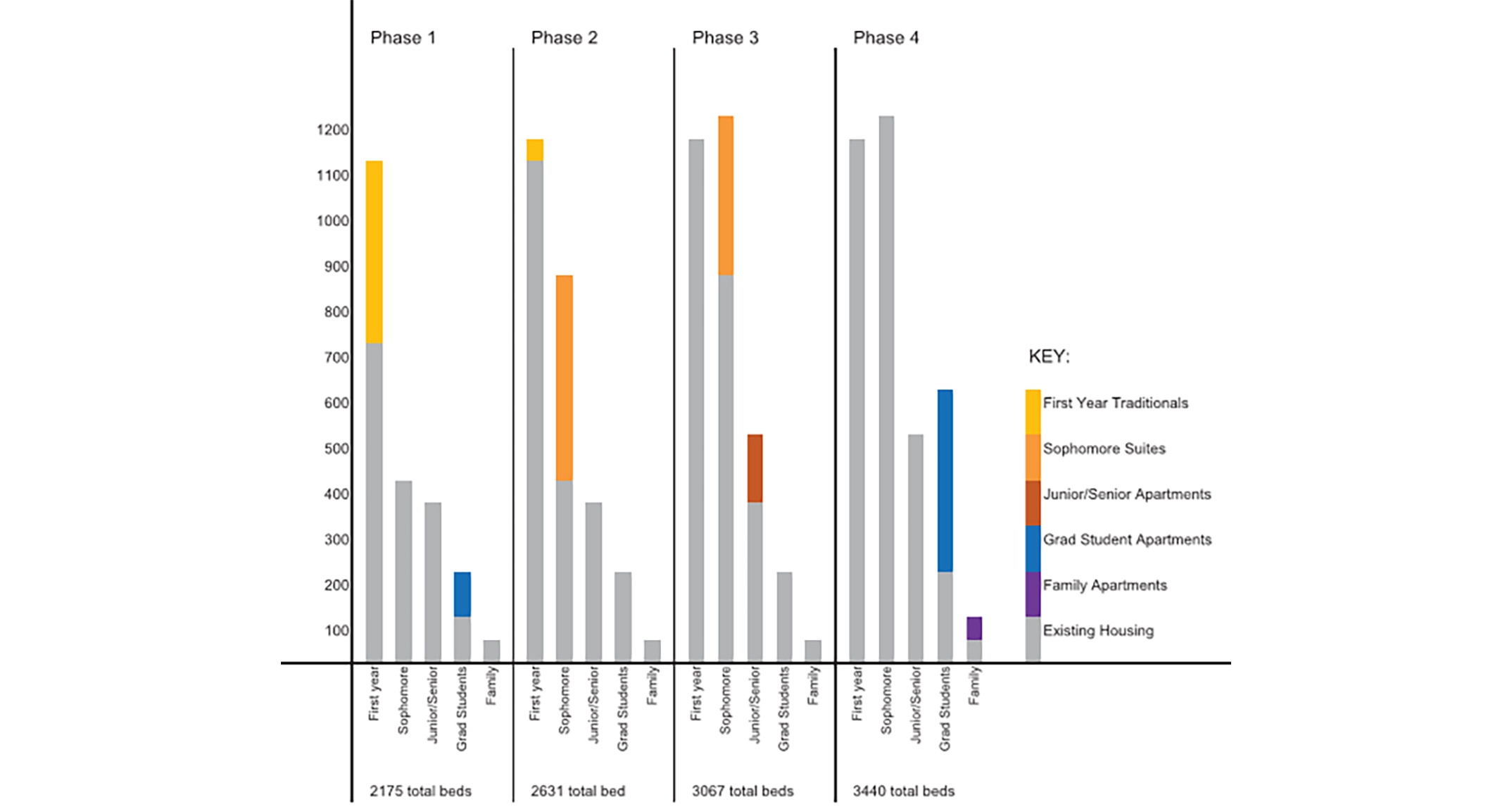
To meet projected demands for on-campus housing, Colorado School of Mines desired to double their current bed inventory as well as renovate their older residence halls, all within a 10-year schedule. To help establish that process, the design team created an integration plan to help phase new housing into the existing campus. They also completed a survey to identify the key program elements that Mines students desired in their residence halls. - NAC and AMD Architects
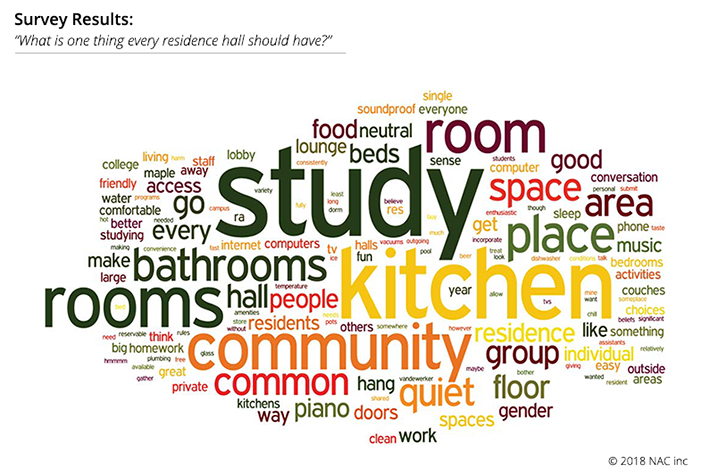
Why Develop a Housing Master Plan?
At a time of stretched financial resources and more priorities than staff can keep up with, housing and residence life departments focus on day-to-day operations to provide a safe and supportive environment for students living on campus, with the planning often taking a back seat. While it is standard for institutions to have a campus master plan, housing operations are typically under-represented or under-recognized. When a college or university’s campus master plan is unveiled, the complexities associated with providing 24-hour student support and services are often overlooked. For institutions whose campus growth and improvements monopolize their financial priorities, housing operations may not receive the support necessary to keep up with their current facilities, much less plan for new student housing. The development of a housing master plan can serve to educate campus leadership of the attributes and challenges of their housing and residential life programs.
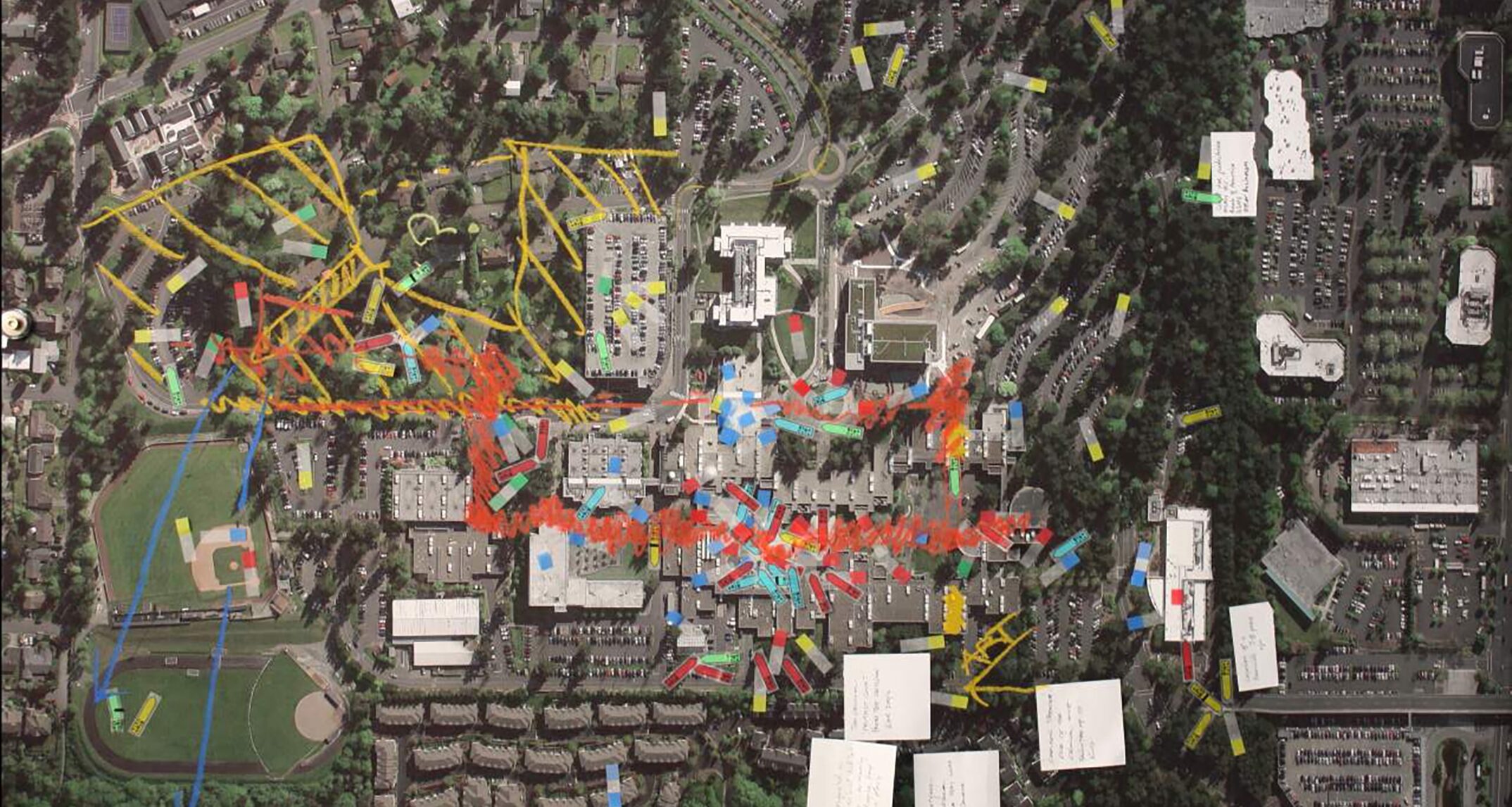
When Bellevue College made the decision to introduce student housing on their campus for the first time, the stakeholder group had a lot to say. We used a mapping exercise with both student and staff representatives to determine student gathering spaces, traffic patterns, and areas with safety concerns in order to identify the best locations to develop a student housing community. - NAC Architecture
The Housing Master Plan Recipe
A successful student housing master plan must be tailored to the specific needs of the campus, and take current and long-term goals into consideration. The ingredients start with clear academic and residential life mission statements, and an understanding of how they support each other. Next, you add some of the most critical components of data collection: occupancy trends, enrollment projections, past maintenance projects and costs, future facility repair projects, and overall operational expenses. Mix that together with historical financial results, budget projections, and student program offerings, and you will capture the attributes of the program and allow the campus leadership to focus on future improvement and direction. The result is a single document that captures and summarizes critical data for review and direction from college and university leadership as it relates to their housing and residence life operations.
What will residential life look like on campus in 10-15 years? How will new on-campus housing accommodate projected FTE increases? How can older housing facilities be taken off-line for deferred maintenance while maintaining a consistent bed count? Should you renovate existing facilities, or demo them to make way for new buildings? What are the alternative financing mechanisms for growth? How can the future of your housing have a greater impact on the health, wellness, and academic success of your students? These are the types of questions that help form the direction of a student housing master plan.
Having an outside consultant to stir the gumbo can be especially beneficial in this type of planning because of the unbiased input it affords. A consultant with a deep portfolio of student housing experience has a built-in reference library of what other campuses across the country are doing. This saves a tremendous amount of time for the institution, and provides a high level of credibility that comes naturally from a third party partnership.
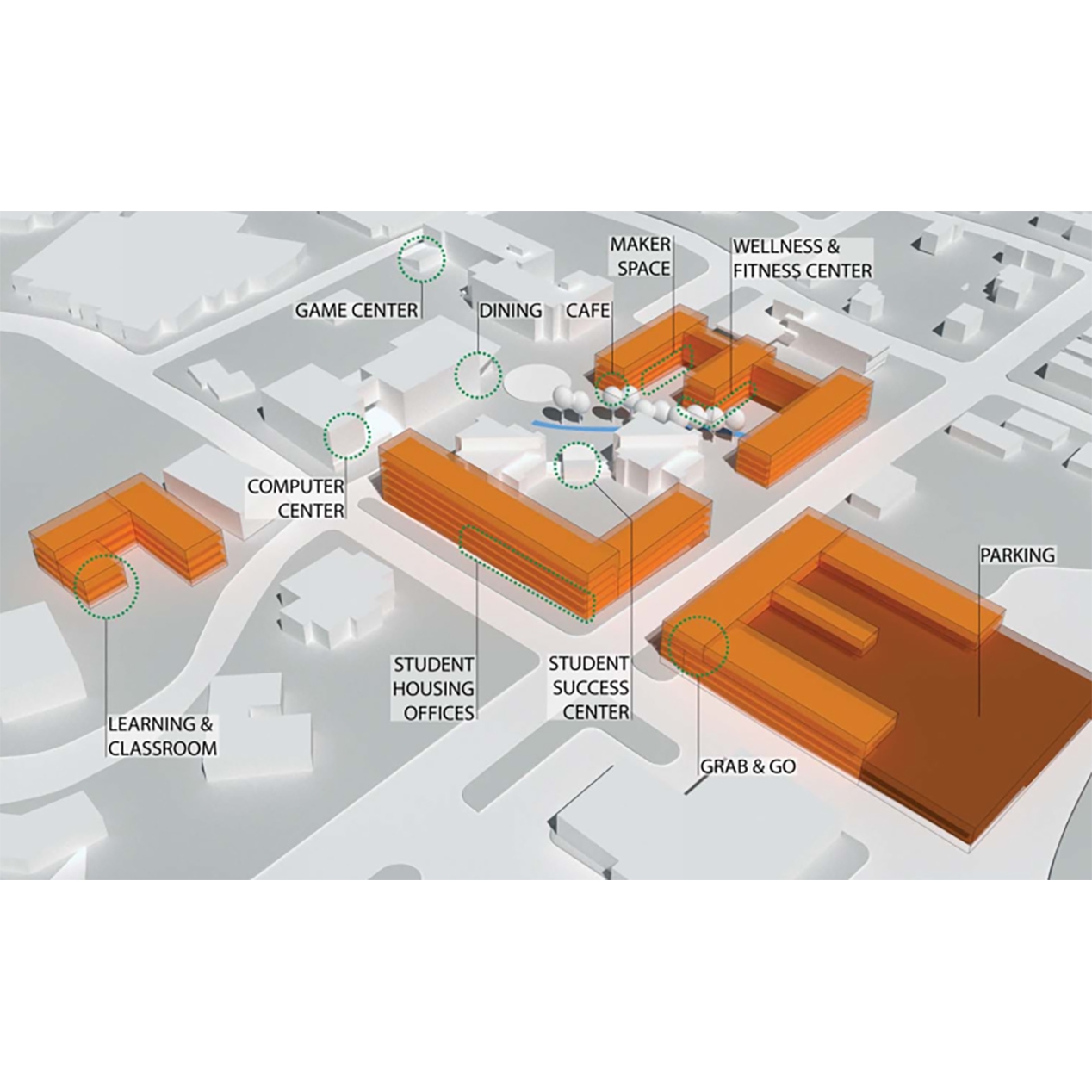
Providing plenty of opportunities for students to gather and connect is a key element of residential life at Colorado School of Mines. This study identified ways to distribute community space throughout the student housing precinct to encourage peer-to-peer interaction. - NAC and AMD Architects.
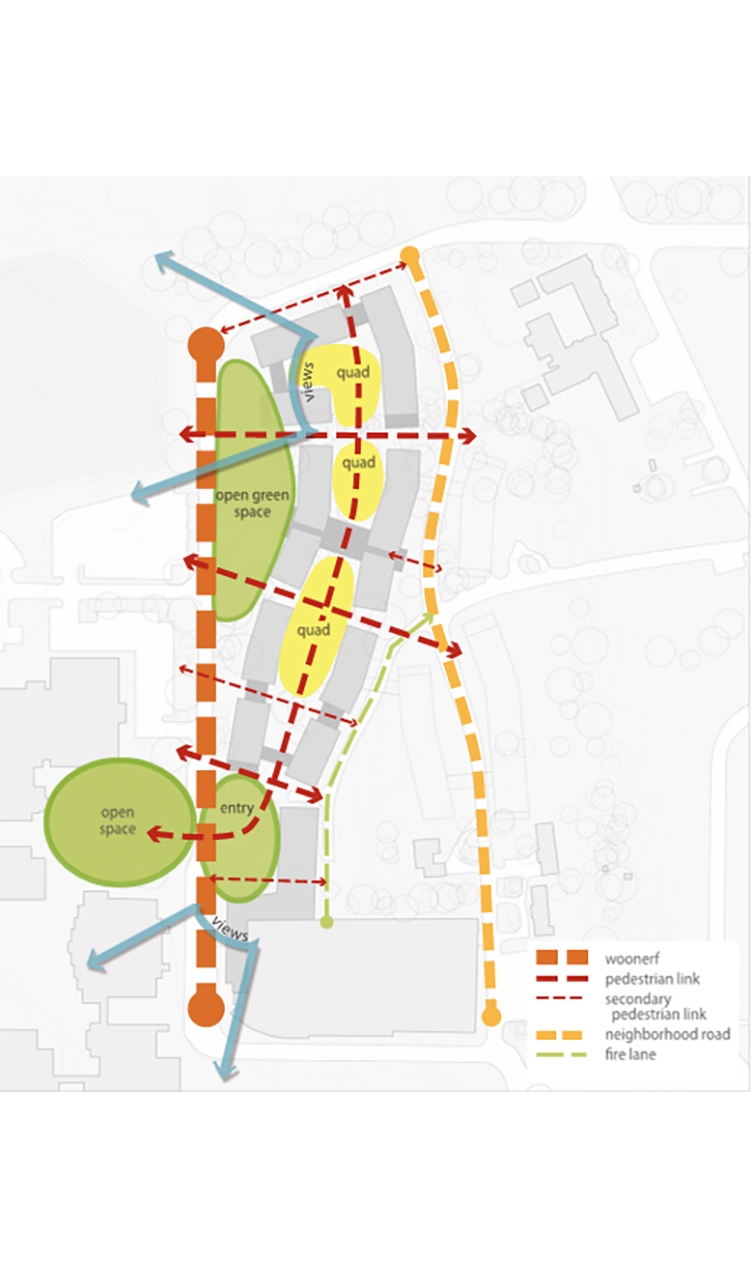
Because Bellevue College’s new student housing community is being developed closer to the edge of campus, establishing connectivity to the academic core was critical. The master planning process helped establish both current and future pedestrian and bicycle routes as well as adjacent open spaces that could serve as hubs for student interaction. - NAC
How Often Should You Stir the Pot?
As student needs change, so will the facilities that house them. Once the initial housing master plan is developed, it is important to revisit it every two to three years, to determine if ingredients need to be added or adjusted to get the flavor just right. Does the plan still align with the institutions mission and vision? Have there been significant changes in enrollment? Is space being used optimally? What is the impact of any recent trends in higher education and student life?
By continuing to ask the right questions, campus officials can ensure their housing master plan stays relevant and supportive of both current and long-term strategic goals. And like a good gumbo, it combines a variety of distinct ingredients into a cohesive sum of its parts.
